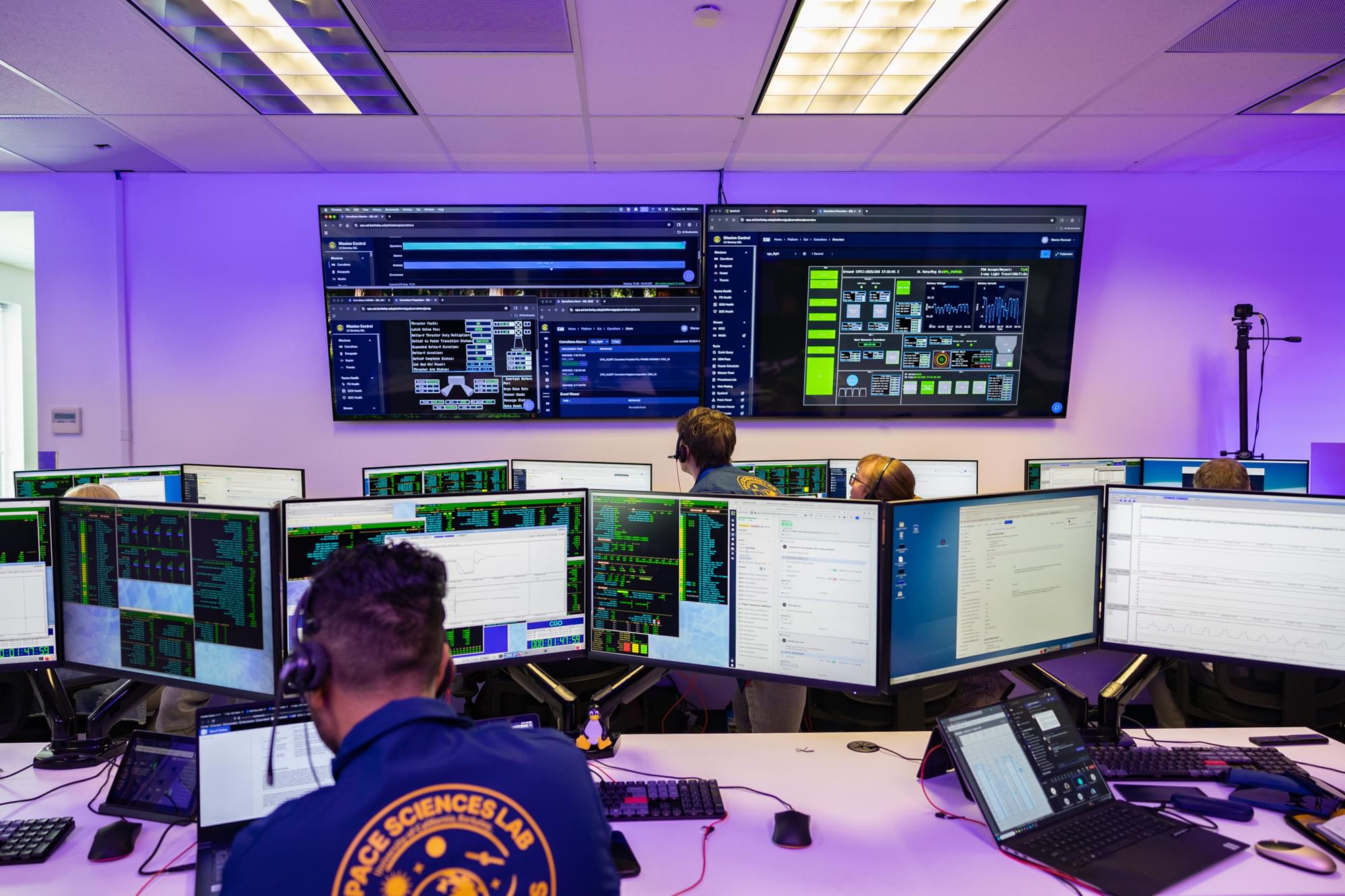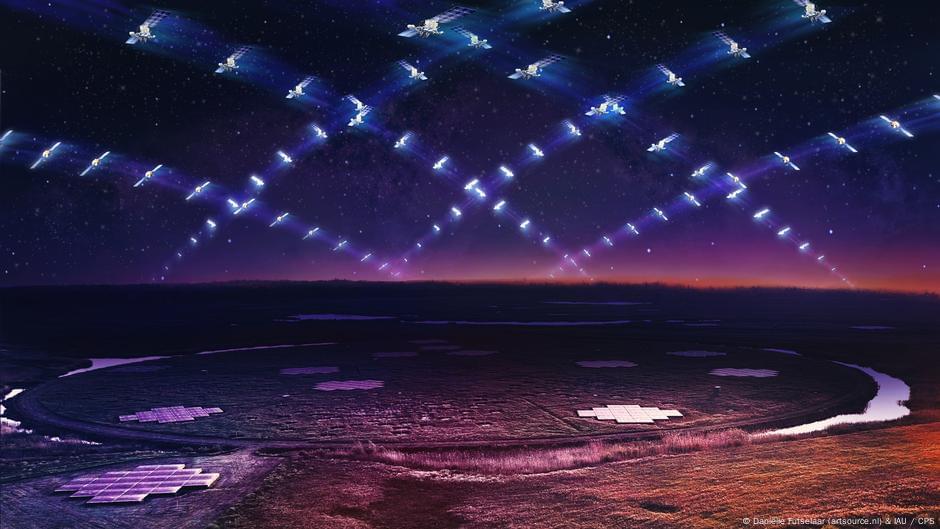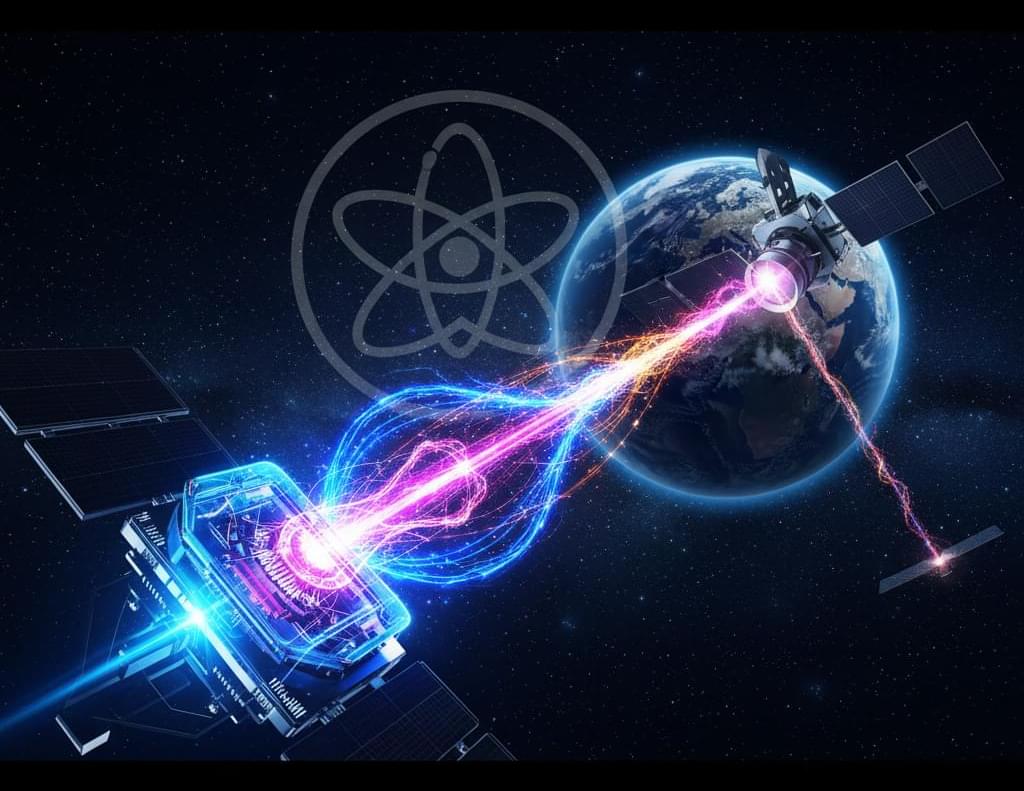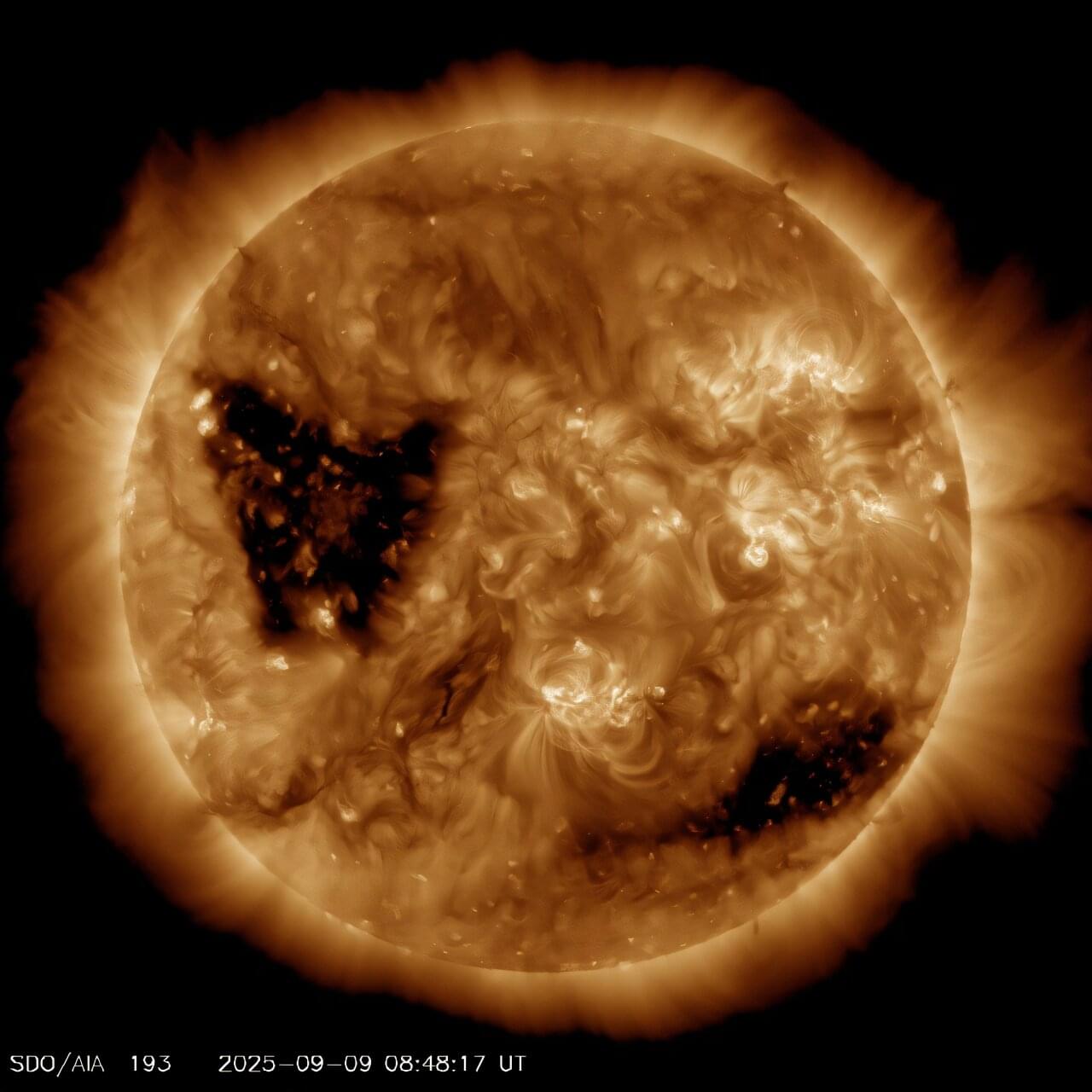Engineers work in the Mission Operations Center at the Space Sciences Laboratory at UC Berkeley on Sept. 25, 2025. A UC Berkeley lab is controlling a NASA mission to study the farthest reaches of Earth’s atmosphere from afar.
This week, a rocket lifted off from Florida’s Kennedy Space Center carrying a new space telescope to its parking spot about 1 million miles from Earth, guided by mission operators at the Space Sciences Laboratory at UC Berkeley.
Once it reaches its permanent home, the Carruthers Geocorona Observatory will turn its eyes back to Earth to study the exosphere — the outermost layer of our atmosphere, where satellites orbit. Researchers hope that by better understanding how this region interacts with space weather from the Sun, they’ll be able to improve protections for satellites, which can be knocked offline by solar activity.






